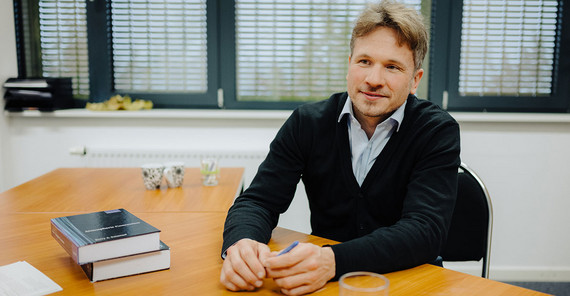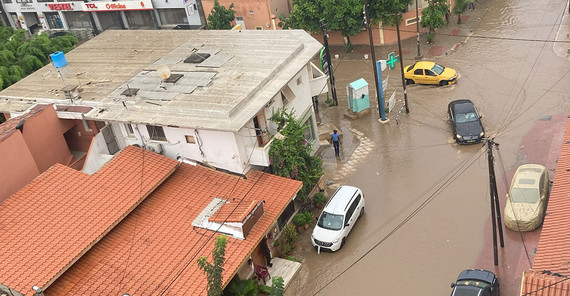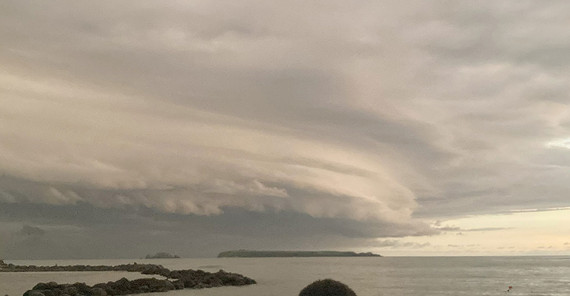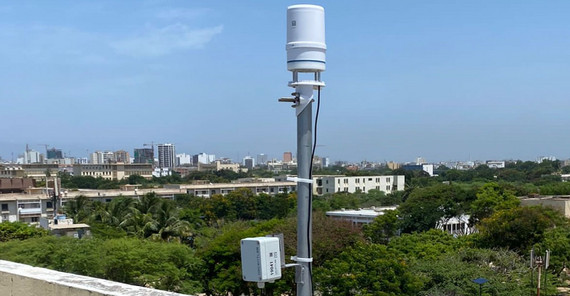Sub-Saharan West Africa is a climate hotspot as it lies right between the moist tropics and the dry subtropics. Thus, even small shifts in the patterns of the rainy season, called “monsoons”, can cause large changes to water availability and extreme rainfall in this region. Large metropolitan areas, such as Dakar, Senegal, are the home to many people living in informal settlements, some of which are constructed in flood-prone areas, such as riverbeds. Changes in extreme thunderstorm rainfall can cause so-called flash flooding in such low-lying areas. Adding to this vulnerability, Senegal’s food supply and economy are reliant, on the one hand, on small-scale artisanal fisheries, affected by unexpected off-shore storminess, on the other on agriculture, yet irrigation is still not widespread, making crop yield largely dependent on seasonal rainfall sustainability.
Very little is so far known on the future development of rainfall patterns, since rainfall extremes largely stem from organized thunderstorm systems which are difficult to predict. On the other hand, the availability of observational data in the region is very low, making it near-impossible to even test existing rainfall models against observational evidence. Early warning systems for the local population are therefore unreliable.
DakE aims to alleviate some of these shortcomings by building a high-resolution observational network in the region east of Dakar, to observe so-called mesoscale convective systems at near real time and thereby more properly assessing the risk of extreme thunderstorm events in the Dakar metropolitan area. The project will be carried out in coordination with local research partners. PI Jan Härter explains the planned field work: ”We will lay out a network of 30-40 multi-variable automatic weather stations including soil moisture sensors, recording open-access data at 1-min temporal resolution via the local mobile phone network. As a second step a nowcasting flood-warning system for Dakar will be designed. Finally, this system will be coordinated with local authorities to implement a text message-based early warning system for the local population, thus helping especially those living in flood-risk areas.”
The European Research Council Proof of Concept funding for DakE is awarded in addition to the ERC Consolidator grant Prof. Härter holds. It is aimed at researchers who want to explore the commercial or societal potential of their ongoing project and supports the transfer of research findings into practice.
Link to ERC press release:
https://erc.europa.eu/news-events/news/Proof-of-Concept-Grants-2023
Photos:
2024_009_JanHärter_KevinRyl: Prof. Dr. Jan Härter. Photo: Kevin Ryl
2024_009_Dakar1_ILKruse: Flooding in Dakar, often observed after extreme rainfall. Photo: Irene Livia Kruse
2024_009_Dakar2_ILKruse: Mesoscale thunderstorm system at the coast of Dakar. Photo: Irene Livia Kruse
2024_009_Dakar3_ILKruse: Automatic weather station on top of a building of Cheikh Anta Diop University in Dakar. Photo: Irene Livia Kruse
Contact:
Prof. Dr. Jan Härter, Institute of Physics and Astronomy
Tel.: +49 331 977-5467
E-Mail: jan.haerteruuni-potsdampde
Media Information 19-01-2024 / Nr. 009




